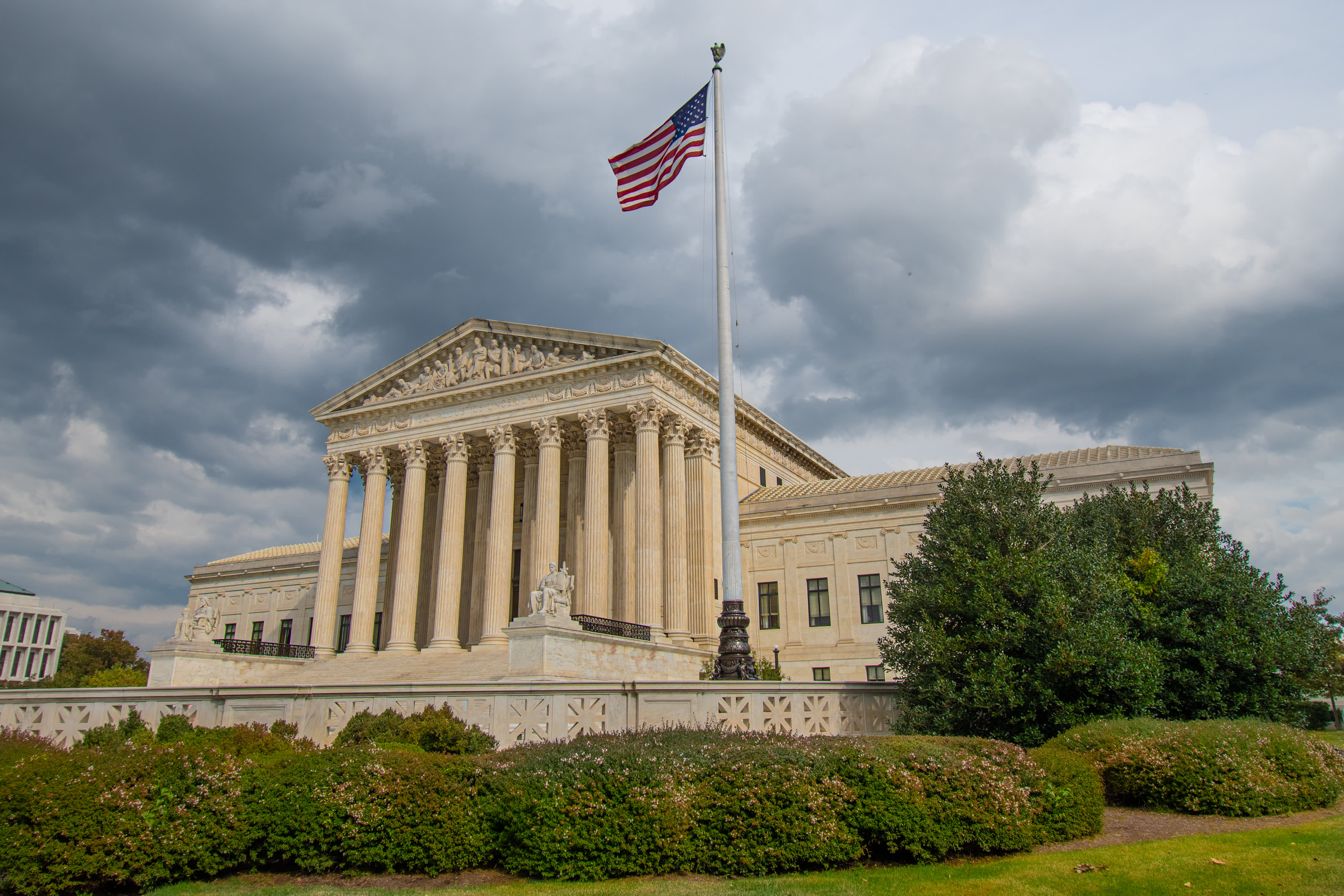
The Supreme Court issued a decision this week on the Environmental Protection Agency's “good neighbor” rule — an environmental regulation intended to reduce air pollution that crosses from one state to another — effectively pausing the rule while it continues to be challenged in other courts.
The “good neighbor” rule deals with the problem of pollution produced by upwind states negatively impacting downwind states, specifically by electricity-generating power plants that produce nitrous oxide (NOx). NOx is a major contributor to ground-level ozone, or smog.
Upwind refers to where pollution is emitted and downwind refers to where such pollution is blown by the wind.
Get Southern California news, weather forecasts and entertainment stories to your inbox. Sign up for NBC LA newsletters.
“The case itself doesn’t decide if the EPA’s rule is or isn’t correct,” said Julia Stein, deputy director of the Emmett Institute on Climate Change and the Environment at the UCLA School of Law. “It just decides whether the plan should continue being implemented while other courts determine whether the plan itself is good.”
But how will this decision affect California? According to Stein, not very much.
As an upwind state, according to the EPA, the responsibility is to limit the amount of pollution it emits downwind. All states are required to submit a state implementation plan to the EPA that details all regulations the state has in place to reduce pollution in order to meet federal air quality standards.
According to Stein, when the EPA was developing its final rule, per review of California’s state implementation plan, it found that the state was doing enough to control emissions in a way that would not impact its neighbors directly downwind.
In addition to the federal EPA, California has numerous other regulatory agencies that monitor and regulate pollution, including a state agency and the air resources board, alongside numerous air districts that monitor emissions from stationary sources of pollution.
Los Angeles, for example, is regulated by the South Coast Air Quality Management District.
Smog, the specific environmental hazard the EPA’s good neighbor rule aimed to manage, used to be a much larger problem in Los Angeles. The smog problem compelled the Los Angeles County Board of Supervisors to establish the Los Angeles County Air Pollution Control District, the nation’s first air pollution control program.
The ruling means the EPA will not be able to enforce the rule as separate legal challenges continue around the country. Ohio, Indiana and West Virginia challenged the rule, along with the steel industry and other groups, calling it costly and ineffective. The case will go back to the U.S. Court of Appeals, which is considering a lawsuit challenging the regulation brought by 11 states.
“Today’s decision is deeply disappointing. It will result almost immediately in pollution that endangers the health of millions of people,” a coalition of environmental groups, including the Sierra Club, Environmental Defense Fund, and Clean Air Council, said in a statement.
The Court voted 5-4 to pause the good neighbor rule. Conservative justice Amy Coney Barrett notably dissented with the Court’s three liberal members.



